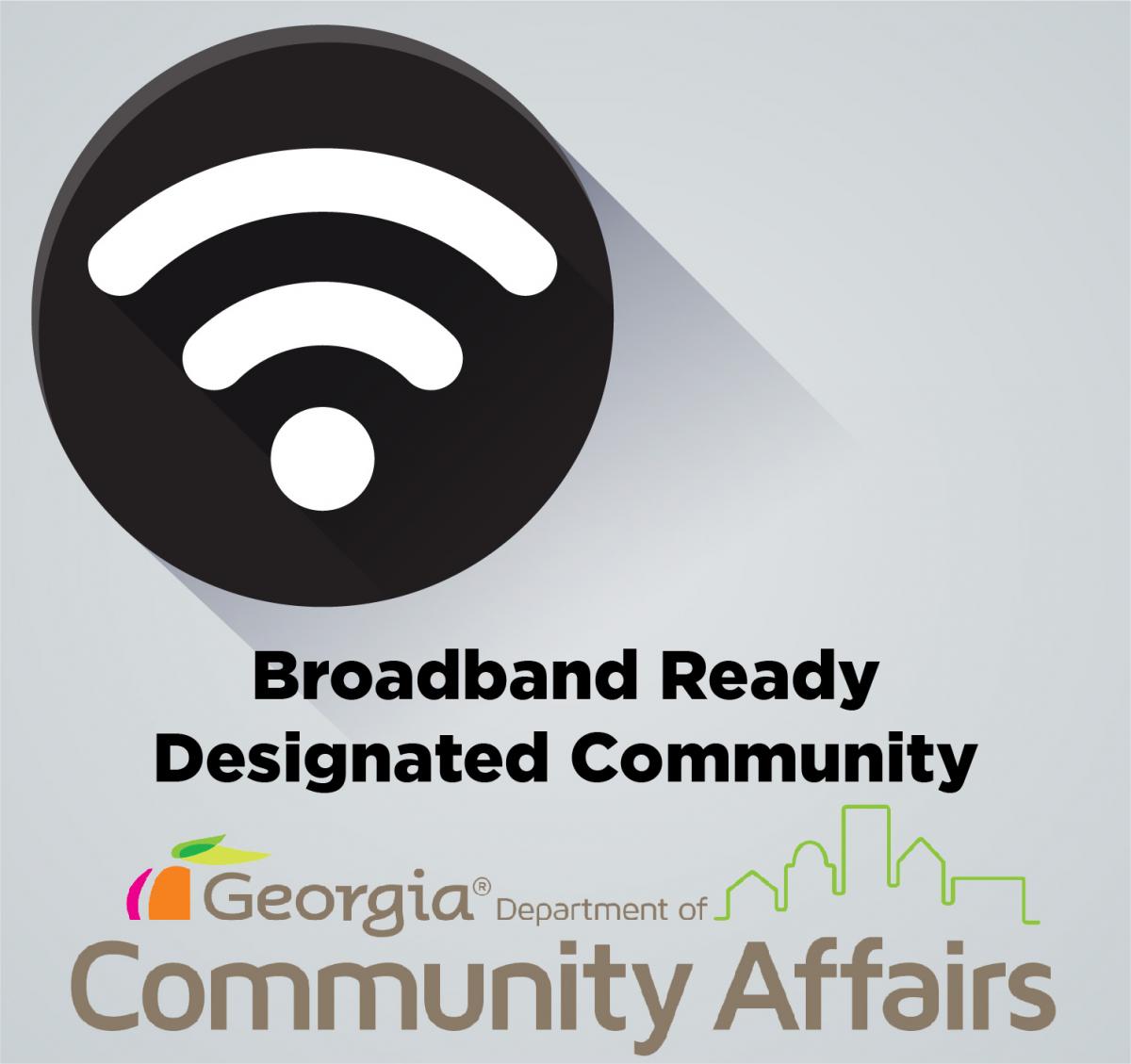Millage Rates and Property Taxes
In the Fall of each year, local governments set their property tax rates, which are also known as millage rates. On this page and at other links, we hope to explain property taxes, millage rates, "rollback" rates and other topics.
- For general property tax and millage rate questions, please visit this site.
- For information about exemptions, please visit this site.
For information about "rollback" tax rates, continue reading.
So, what does the term “rollback” mean? Well, let’s start with a look at property taxes and how they are calculated.
Communities use property taxes as a source of revenue for government operations and other budgetary needs. Based on the fair market value of property – as determined annually by the McDuffie County Board of Assessors – property taxes are calculated using a millage rate. Depending on where you live, your millage rate is a combination of rates set by the Thomson City Council, McDuffie County Board of Commission and McDuffie County Board of Education. (County residents pay county and school taxes, while City of Thomson residents pay city, county and school taxes. All taxes are collected by the McDuffie County Tax Commissioner.)
Now, the tax digest – the total amount of taxable property in our community – will generate a set amount of revenue based on the millage rate. The value of the tax digest can go up or down, based on inflation’s impact on property values and growth in the community through development. If property values increase, the value of the digest goes up. If new taxable properties are built, the value of the digest increases. Consequently, the rise or fall of the tax digest has a direct effect on property tax revenue for local governments.
How does this connect to a “rollback”? When the current year’s tax digest generates more property tax revenue than the previous year (based on the same tax rate), Georgia law requires communities to reduce – or rollback – the tax rate so that there is no revenue increase. If the local government decides to keep their current millage rate or increase it, which would result in a revenue increase for the local government, they must advertise a “tax increase” and hold a series of public meetings related to the millage rate.






